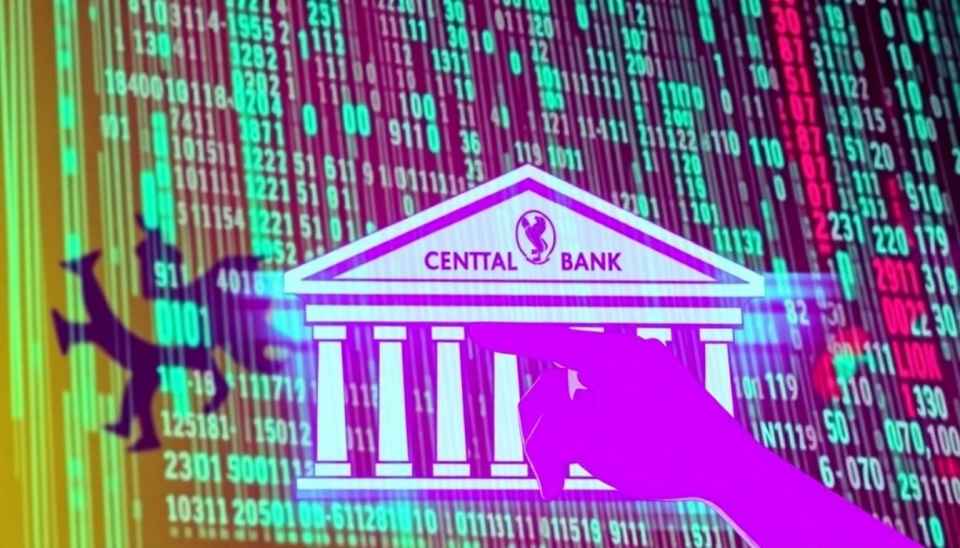By Kato Jamil
The recent financial cyber heist involving the Bank of Uganda (BoU) has reignited concerns about cybersecurity vulnerabilities within Uganda’s banking sector. With hackers increasingly exploiting technological gaps, banks must adopt robust measures to secure financial systems and protect customer funds. This article explores what Ugandan banks can do to fortify their defenses against such breaches.
1. Strengthen Cybersecurity Infrastructure
Banks must invest in cutting-edge cybersecurity solutions, such as advanced firewalls, intrusion detection systems, and real-time monitoring tools. Adopting AI-driven technologies can help identify unusual activities and thwart cyberattacks before they escalate.
2. Conduct Regular Penetration Testing
Simulating cyberattacks through penetration testing enables banks to identify and patch vulnerabilities in their systems. Routine testing by external experts ensures preparedness against increasingly sophisticated hacking techniques.
3. Implement Multi-Layered Security Protocols
Multi-factor authentication (MFA) for online transactions and interbank communications can significantly reduce the likelihood of unauthorized access. Ensuring that critical systems require biometric, token-based, or time-sensitive codes can bolster security.
4. Staff Training and Awareness Programs
Insider threats often result from inadvertent actions by staff. Comprehensive cybersecurity training for employees at all levels is critical. Regular workshops on phishing detection, password management, and secure system usage can minimize human error.
5. Real-Time Collaboration with Regulators
Banks should enhance cooperation with the Bank of Uganda, Financial Intelligence Authority (FIA), and other oversight bodies. Establishing a real-time communication framework ensures immediate reporting of anomalies and quicker containment of breaches.
6. Strengthen Third-Party Vendor Security
Hackers often exploit weak links in third-party vendors’ systems. Banks must conduct stringent security audits of their partners to ensure alignment with industry cybersecurity standards.
7. Create a Cybersecurity Response Taskforce
Instituting a dedicated taskforce to handle cybersecurity incidents ensures swift responses to breaches. This team should include IT professionals, risk analysts, and communication experts to manage technical and reputational fallout.
8. Leverage Blockchain Technology
Blockchain’s immutable ledger can enhance the security of transactions, reducing fraud risks. Banks can integrate blockchain for interbank settlements and high-value transactions to ensure transparency and traceability.
9. Adopt a Zero-Trust Architecture
Zero-trust systems require every user or device attempting to access the bank’s network to be authenticated and authorized. This reduces the risk of unauthorized access, even from internal actors.
10. Conduct Public Awareness Campaigns
Educating customers about safe banking practices is vital. Banks should use SMS alerts, emails, and social media to inform customers about phishing scams, secure transaction methods, and how to report suspicious activities.
11. Policy Reforms and Legal Deterrents
The government should enhance cybercrime laws and penalties. Encouraging banks to report cyberattacks transparently ensures data collection for better regulatory oversight and preventative measures.
Have An Advert Or Article You Want Us To Publish? Email: swiftnews0@gmail.com

